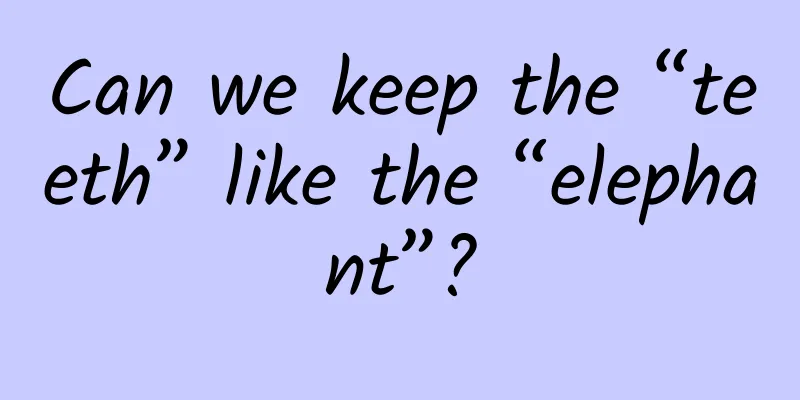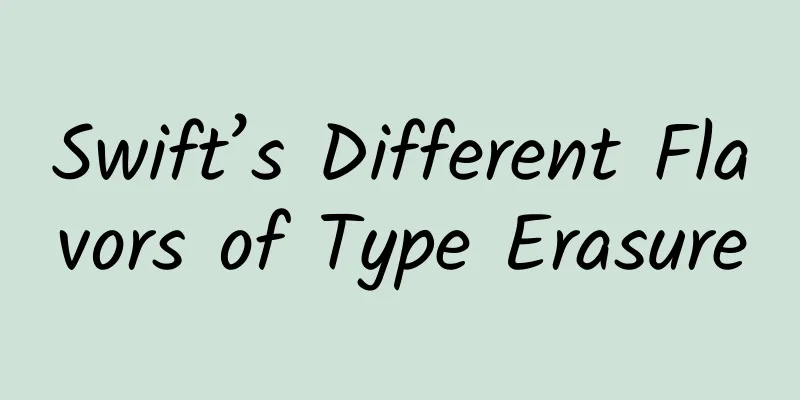Can we keep the “teeth” like the “elephant”?

|
Whether in the East or the West, the use of ivory has a long history. According to records, the Chinese may have used ivory for 7,000 years. Among the "hundred craftsmen and eight materials" of the Zhou Dynasty, ivory craftsmen and ivory materials have occupied an important position. After the introduction of Buddhism, the connection between elephants and Buddha and many bodhisattvas made them a sacred and noble symbol, which made the Chinese people's admiration for ivory products reach its peak: wealthy families used ivory carved and polished household items (chopsticks, seals), court officials used ivory hu (hù) boards, and ivory carvings and religious items were regarded as treasures. After the depletion of wild elephant resources, China has been importing large quantities of ivory since the Song Dynasty to meet demand. At the same time, South Asian and Southeast Asian countries and Japan, which are deeply influenced by Buddhist culture, are also eager for ivory resources. However, due to the long growth and reproduction cycle of elephants and their slow natural growth rate, elephants have never been domesticated. In addition, due to the reduction of habitat caused by human activities, the population of Asian elephants has shrunk rapidly. By 1973, its population had dropped to a dangerous level and was listed as one of the first endangered wild animal species in Appendix I of the Convention on International Trade in Endangered Species of Wild Fauna and Flora (CITES). The convention stipulates that since 1973, the international trade of Asian elephant products, including ivory, has been completely banned. However, the strong market demand shifted the source of ivory to African elephants, which were not yet included in the appendix. As a result, the population of the two African elephant species also declined rapidly and soon entered CITES Appendix I. The ban has no constraints on illegal poachers. Only by addressing the source of demand can the harm caused by the ivory trade be effectively curbed. In 2015, China and the United States jointly announced that the two countries would suspend the import of ivory. This is a positive signal. China used to be the world's largest legal ivory consumer market and the largest illegal ivory consumer market, and the United States was the second largest illegal ivory consumer market. The two countries announced a comprehensive ban on the ivory consumer market, which will greatly help curb illegal poaching and ivory smuggling. Unfortunately, this consensus was only effective for one year, and the United States resumed ivory imports. China’s ban on ivory imports had some effect, but the domestic legal ivory trade continued, with a large amount of ivory from illegal sources mixed in. Subsequently, China announced a complete ban on all ivory trade on December 31, 2017, a move that was praised by all parties. |
>>: Anxiety? Depression? ADHD? It turns out they are all related to it →
Recommend
Brand solutions, sustainable creativity
As the end of the year approaches, how should we ...
Scary question: Did you lock the door before going out to play?
The National Day holiday is here, and many people...
Urgent Science | Attention! New variant of COVID-19 - "Omicron"
The newly discovered new variant of the coronavir...
Duang! A complete collection of self-study Android materials
[[128183]] Text/Tikitoo I have learned Android fo...
If the conversion rate of information flow ads is poor, it may just be that your landing page is not strong enough!
Poor conversion - being scolded by the boss - low...
Xpeng Motors' new progress in autonomous driving, obtains California autonomous driving license
Recently, documents from the California Departmen...
I never use 5G, but why don’t I buy a non-5G phone?
5G has not yet gained widespread consumer awarene...
If we can harvest lightning, do we still need to generate electricity?
The discovery and application of electricity has ...
One case study: 5 essential tools for marketers/salespeople/operators
You have just taken over the marketing work of an...
Rags and sweaters alert! Are humans powerless against moths that eat sweaters?
Leviathan Press: It’s hard to have a favorable op...
It's actually a battle of motors: Porsche and Tesla's performance battle
1. Why did Porsche choose permanent magnet synchr...
2 recordings of the latest intermediate class of Chenzhi Five Elements Feng Shui + materials download from Baidu Cloud!
2 recordings of the latest intermediate class of ...
Solution sharing | Internet home improvement brand planning and marketing promotion suggestions!
Competition is fierce in the new media marketing ...
Practical self-media toolkit (software + tutorial + material + subtitles) collection
With the continuous popularization of China's...
Reflections on the chaos of "Internet thinking": products, communities and self-organization
The chaos and reasons under the Internet thinking...









